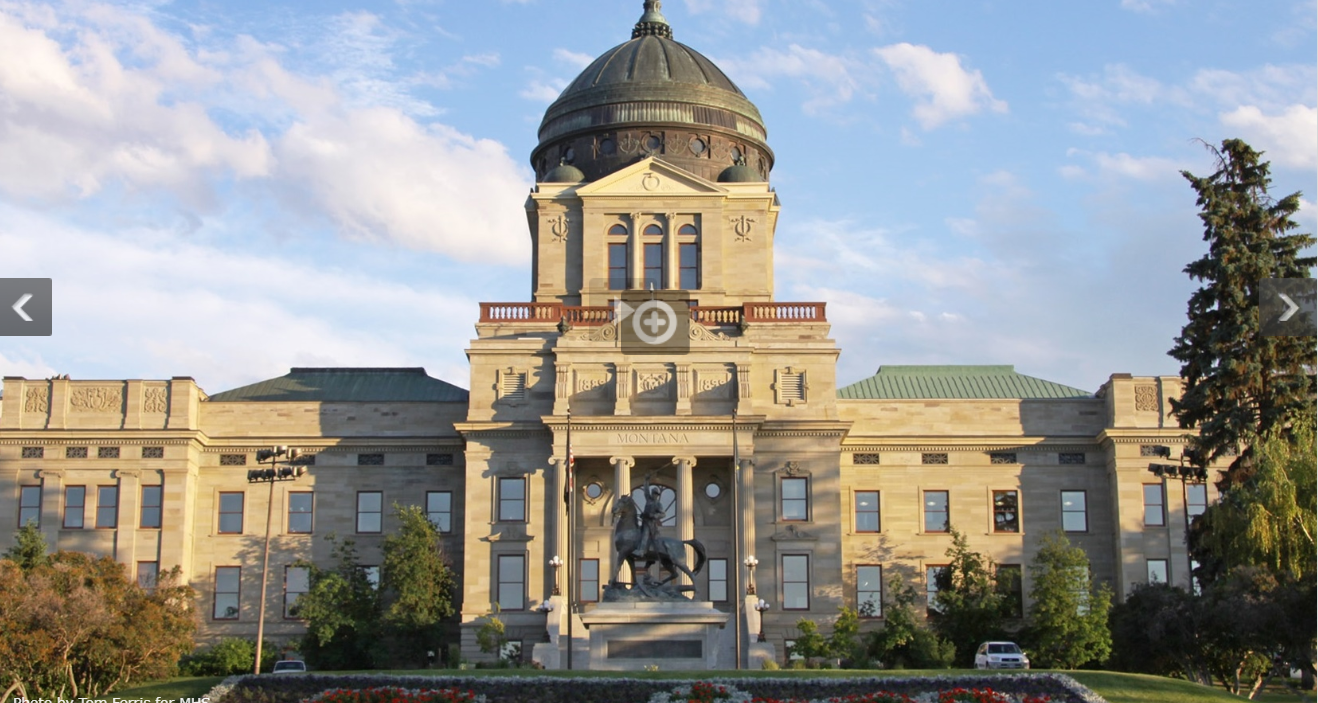Raising Awareness
Safety begins with awareness of the laws and behaviors that keep people safe on the roads. Bike Walk Montana continues to raise awareness of key safety and accessibility issues through Social Media, newspaper articles, letters, presentations, clinics, and other opportunities as they arise.
What you can do:
Help spread the word about what the laws and rules of the road are: enlighten all of your friends and family!
Invite Bike Walk Montana to lead a workshop or training about the laws and how to be safe while riding a bike, walking, and driving
Contact your elected officials to weigh in on important issues. Here are links to helpful legislative and transportation contacts in Montana.
Become involved in a local trails or advocacy group
Become a member of Bike Walk Montana so this work may continue!
State level changes
Bike Walk Montana works with state agencies to develop better internal policies and initiatives that will benefit people who walk and bicycle. Achievements include (but are not limited to):
The MT Department of Transportation updated their rumble strip policy to prescribe better placement and size of rumble strips
MT State Parks has installed bike camps at several of the State Parks
The MT Department of Transportation now has a state Bicycle and Pedestrian Plan; BWMT worked with MDT
Partnering with the MT Department of Public Health and Human Services to hold community workshops and trainings that effect change at the local level - Building Active Healthy Communities (BACI)
Collaborated with MT State Parks to implement the MT Trails Rx Program and to establish bike camps at select state parks.
National Advocacy
The decisions made at the Congressional level impact what happens at the state and local level, making it important for our congressmen to hear from us. Each March Bike Walk Montana attends the National Bike Summit in Washington D.C. to meet with our Senators and Representative to share the importance of biking and walking to Montanans; we discuss the benefits and the needs; and we advocate for increased federal funding and better policies. This directly impacts their decisions on how much money to allocate to biking and walking and how the money can be spent, as well as what policy changes to include.

